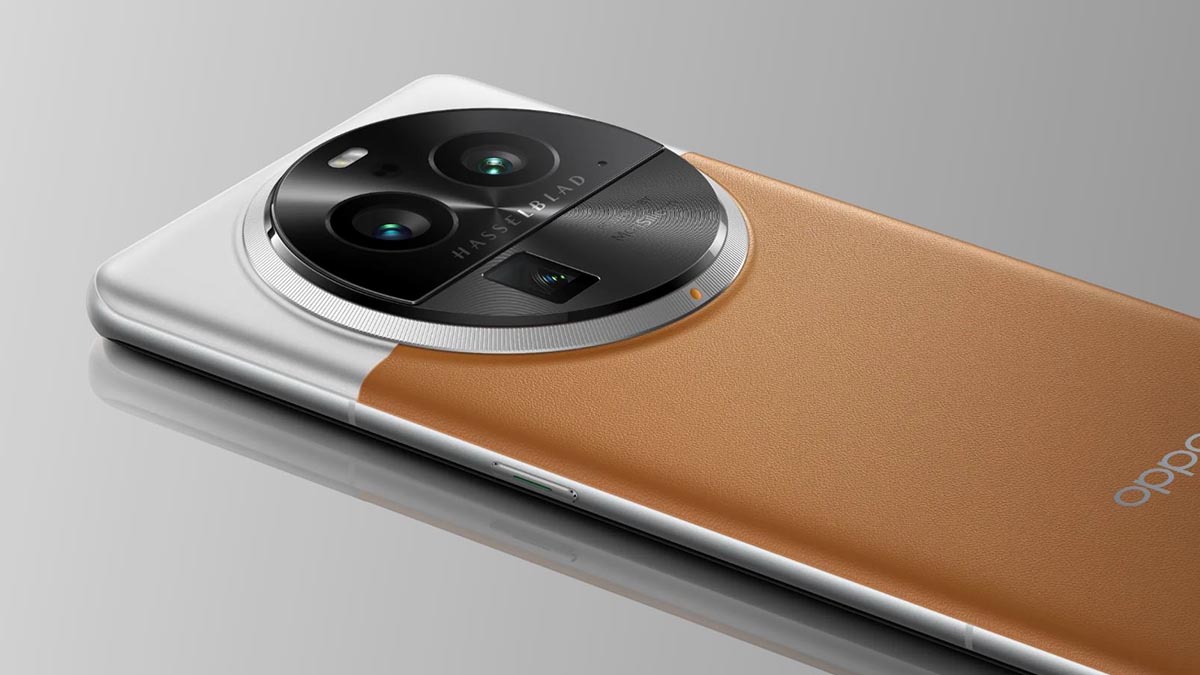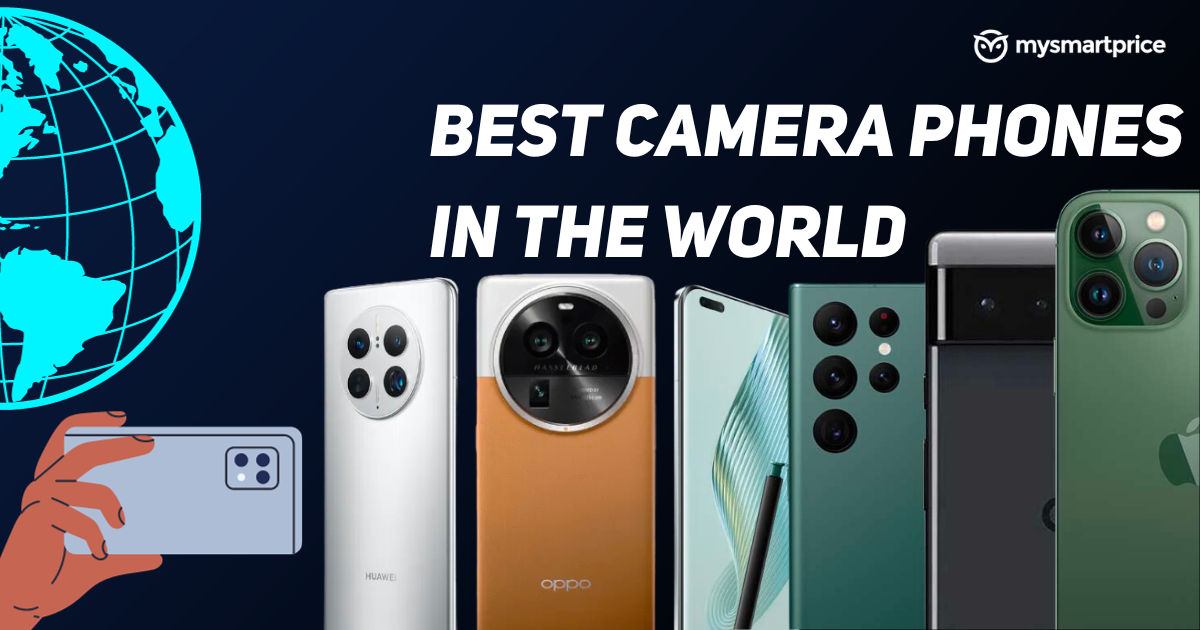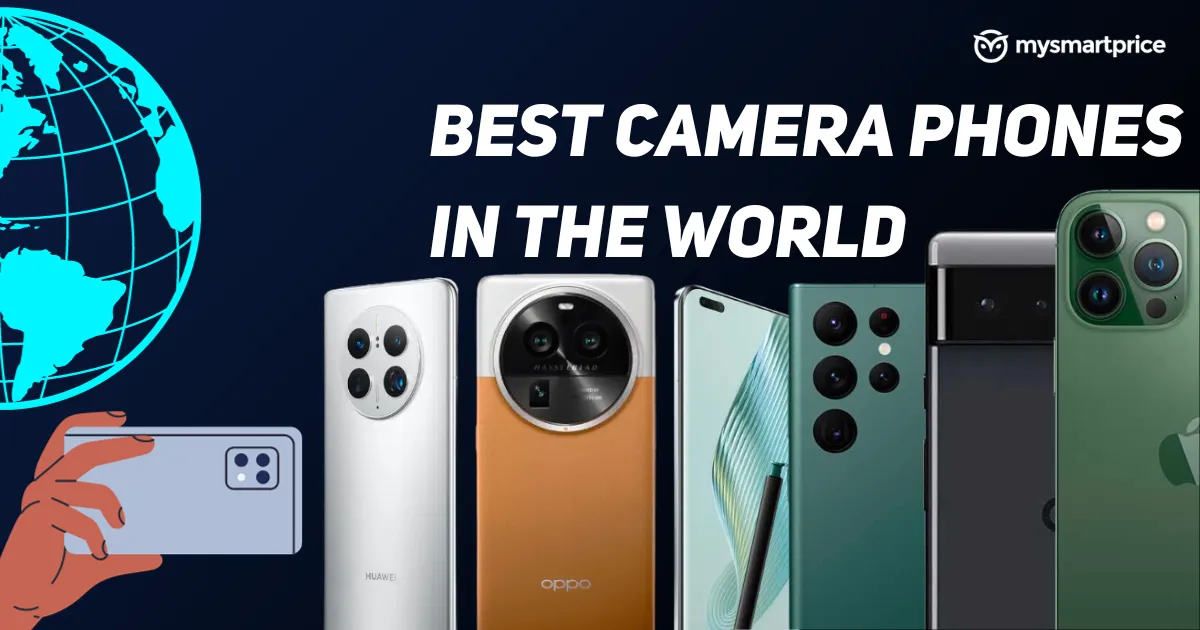The quest for the perfect shot has never been more intense, with camera phones pushing the boundaries of mobile photography. As we dive into 2025, the competition is fierce, with top brands unveiling cutting-edge devices that promise unparalleled image quality. With advancements in AI-powered optics, improved low-light performance, and sleek designs, choosing the best camera phone can be overwhelming. In this article, we’ll put the latest models to the test, comparing features, specs, and real-world performance to crown the ultimate camera phone champion of 2025, helping you make an informed decision and capture life’s precious moments with ease.
Introduction to the Best Camera Phones of 2025
The world of smartphone photography has witnessed significant advancements in recent years, with each new release boasting enhanced camera capabilities. As we delve into 2025, the competition for the best camera phone is fiercer than ever. With innovative features such as artificial intelligence-powered modes, optical zoom, and night mode enhancements, consumers are spoiled for choice. This guide aims to navigate through the top contenders and explore what makes them stand out in terms of photography and video recording capabilities.
Key Features to Consider in a Camera Phone
When searching for the best camera phone, several key features should be considered. These include the megapixel count, sensor size, lens quality, and software capabilities. Additionally, features like image stabilization, autofocus speed, and low-light performance play a crucial role in determining the overall photographic quality. Understanding these aspects can help in making an informed decision that suits one’s photography needs. The user interface and ergonomics of the camera app also contribute to the overall user experience, making some phones more user-friendly than others.
Top Contenders for the Best Camera Phone of 2025
Several flagship devices from renowned manufacturers are vying for the top spot. These include the Apple iPhone, Samsung Galaxy series, Google Pixel, and OnePlus devices, each boasting advanced camera systems. The Samsung Galaxy S series, for instance, is known for its high-resolution primary sensor and ultra-wide-angle lens, while the Google Pixel series excels in software-driven enhancements, particularly in low-light conditions. The Apple iPhone, on the other hand, offers seamless integration with other Apple devices and a user-friendly interface.
| Device | Primary Camera | Ultra-Wide Lens | Night Mode |
|---|---|---|---|
| Apple iPhone | 50MP | 12MP | Enhanced Night Mode |
| Samsung Galaxy S | 108MP | 40MP | Advanced Night Mode |
| Google Pixel | 50MP | 12MP | Night Sight |
Comparing the Camera Performance of Top Models
A direct comparison of the camera performance across these models reveals notable differences. The Google Pixel series stands out for its excellent low-light performance, thanks to its Night Sight feature. In contrast, the Samsung Galaxy S series offers versatility with its multi-lens setup, including a telephoto lens for optical zoom. The Apple iPhone provides a balanced approach, with a triple-camera setup and enhanced software features like Deep Fusion for improved image quality.
Future of Camera Phones: Emerging Trends and Technologies
The future of camera phones looks promising, with emerging trends such as foldable displays, periscope lenses for long-range zoom, and enhanced AI capabilities set to redefine the boundaries of mobile photography. Furthermore, advancements in 5G connectivity will enable faster data transfer and cloud processing, opening up new possibilities for remote editing and sharing of high-quality photos and videos. As technology continues to advance, we can expect camera phones to become even more sophisticated, bridging the gap between professional cameras and smartphones.
Who is the king of camera phones?

The king of camera phones is a title that has been debated among tech enthusiasts and smartphone users for years. With the rapid advancement of camera technology, several phone manufacturers have been vying for the top spot. Currently, Google, Samsung, and Apple are among the top contenders, with each offering unique features and capabilities that set them apart from the rest.
Camera Capabilities
The camera capabilities of a smartphone are a key factor in determining its ranking as the king of camera phones. A good camera phone should have a high-quality sensor, optical zoom, and image stabilization.
- High-resolution sensors that can capture detailed images and videos
- Advanced image processing algorithms that can enhance image quality and reduce noise
- Multi-camera setups that offer wide-angle, telephoto, and macro photography capabilities
Low-Light Performance
Low-light performance is another critical aspect of a camera phone. The ability to capture high-quality images in low-light conditions is a key differentiator between smartphones. A good camera phone should be able to produce images with minimal noise and grain, and should also have features such as night mode and AI-powered noise reduction.
- Large aperture lenses that can let in more light and reduce noise
- Advanced noise reduction algorithms that can minimize grain and artifacts
- Multi-frame noise reduction techniques that can combine multiple images to produce a single, high-quality image
Video Recording Capabilities
Video recording capabilities are also an essential aspect of a camera phone. With the increasing demand for high-quality video content, smartphone manufacturers are focusing on improving their video recording capabilities. A good camera phone should be able to record high-resolution videos with stabilization and slow-motion capabilities.
- Optical image stabilization that can reduce camera shake and produce smoother videos
- Advanced video editing software that can enhance video quality and add special effects
Which phone has the best camera in the world?

The best camera phone in the world is a matter of ongoing debate, with various manufacturers continually improving their cameras. The Google Pixel series, Apple iPhone, and Samsung Galaxy series are often considered to be among the top contenders. These phones boast high-quality sensors, advanced software, and artificial intelligence-powered features that enhance image capture and processing.
Camera Features to Consider
When evaluating the best camera phone, several key features come into play. These include the megapixel count, aperture size, optical zoom, and low-light performance. A higher megapixel count doesn’t always translate to better image quality, but it can be an indicator of the camera’s potential. The aperture size affects the amount of light that enters the lens, with a smaller f-stop value (such as f/1.7) allowing more light in. Optical zoom is also crucial for capturing distant subjects without sacrificing image quality. Additionally, low-light performance is a vital aspect, as it determines how well the camera can handle poorly lit environments. Some of the key features to consider are:
- Image stabilization to reduce camera shake and blur
- Autofocus speed for quickly locking onto subjects
- RAW image capture for greater flexibility during post-processing
Top Camera Phones Compared
The Google Pixel 6 Pro, Apple iPhone 13 Pro, and Samsung Galaxy S22 Ultra are often regarded as the top camera phones. Each of these devices has its strengths and weaknesses. The Google Pixel 6 Pro excels in portrait mode and low-light photography, thanks to its advanced software and dual-pixel technology. The Apple iPhone 13 Pro boasts a quad-camera setup with a telephoto lens, wide-angle lens, and ultra-wide lens, providing exceptional versatility. The Samsung Galaxy S22 Ultra, on the other hand, features a high-resolution primary sensor and support for 8K video recording. Some key differences between these phones are:
- Sensor size, with the Samsung Galaxy S22 Ultra having a larger primary sensor
- Lens quality, with the Apple iPhone 13 Pro featuring a high-quality telephoto lens
- Software features, such as the Google Pixel 6 Pro’s Night Sight mode
Future of Camera Phones
The future of camera phones is expected to be shaped by emerging technologies such as multi-lens systems, artificial intelligence, and computational photography. These advancements will likely lead to improved image quality, enhanced zoom capabilities, and more intuitive user interfaces. For instance, multi-lens systems can provide greater flexibility and better low-light performance, while artificial intelligence can help with automated scene detection and optimized image processing. Some potential developments to look out for are:
- Improved optical zoom capabilities, potentially up to 10x or more
- Enhanced low-light performance, using techniques such as multi-frame noise reduction
- More advanced software features, such as real-time object tracking and augmented reality enhancements
Which Samsung phone has the best camera?

The Samsung phone with the best camera is often subjective and depends on personal preferences and needs. However, based on reviews and comparisons, the Galaxy S22 Ultra is widely considered to have one of the best cameras among Samsung phones. It features a 108-megapixel primary sensor, a 40-megapixel front camera, and support for 8K video recording. The camera app is also user-friendly, with features like optical zoom, portrait mode, and night mode.
Key Features of the Best Samsung Camera Phone
The Galaxy S22 Ultra has several key features that make its camera stand out. Some of the notable features include:
- High-quality sensors that capture detailed and vibrant images
- Advanced zoom capabilities that allow for up to 100x digital zoom
- Impressive low-light performance that reduces noise and captures more detail in dark environments
Comparison with Other Samsung Phones
When compared to other Samsung phones, the Galaxy S22 Ultra has a more advanced camera system. For example, the Galaxy S21 has a 50-megapixel primary sensor, while the Galaxy Note 20 has a 12-megapixel primary sensor. The Galaxy S22 Ultra also has a larger sensor size, which allows for better low-light performance and more detailed images. Some of the key differences include:
- Higher resolution sensors that capture more detailed images
- Wider aperture that allows for better low-light performance
- More advanced software features like optical zoom and portrait mode
What to Expect from Future Samsung Camera Phones
Future Samsung camera phones are expected to have even more advanced features, such as multi-lens cameras, enhanced zoom capabilities, and improved low-light performance. Some of the rumored features include:
- Periscope lenses that allow for up to 200x digital zoom
- Advanced AI-powered camera software that can detect and adjust for different scenes and subjects
- Enhanced video recording capabilities like 8K at 60fps and slow-motion video at 960fps
Frequently Asked Questions
What Makes a Camera Phone the Best in 2025?
When it comes to determining the best camera phone of 2025, several key factors come into play. These include the phone’s ability to capture high-quality images with excellent low-light performance, fast autofocus, and advanced software features such as portrait mode and night mode. Additionally, the phone’s video recording capabilities, including stabilization and slow-motion features, are also crucial in making it a top contender. Artificial intelligence-powered camera systems are also becoming increasingly important, as they enable features like automatic scene detection and enhanced image processing. Overall, the best camera phone of 2025 will be one that strikes a perfect balance between hardware and software capabilities.
How Do Camera Phone Manufacturers Improve Image Quality?
Camera phone manufacturers use a variety of techniques to improve image quality, including the use of high-quality image sensors, advanced lens systems, and sophisticated image processing algorithms. Some manufacturers also employ multi-camera systems, which allow for features like telephoto zoom, wide-angle shots, and depth sensing. Furthermore, artificial intelligence and machine learning are being increasingly used to enhance image quality, by enabling features like noise reduction, color correction, and automatic scene detection. Additionally, manufacturers are also focusing on improving low-light performance, by using larger image sensors, wider apertures, and advanced noise reduction techniques. By combining these technologies, camera phone manufacturers can produce devices that are capable of capturing stunning images in a wide range of lighting conditions.
What Are the Key Features to Look for in a Camera Phone?
When shopping for a camera phone, there are several key features to look for. These include a high-quality image sensor, a fast and accurate autofocus system, and advanced software features like portrait mode, night mode, and video stabilization. Additionally, the phone’s zoom capabilities, including optical zoom and digital zoom, are also important, as they allow for flexibility when composing shots. Low-light performance is also crucial, so look for phones with large image sensors, wide apertures, and advanced noise reduction techniques. Furthermore, water resistance and durability are also essential, as they ensure that the phone can withstand the rigors of daily use. By considering these features, you can find a camera phone that meets your needs and expectations.
Can a Camera Phone Replace a Dedicated Camera?
While camera phones have made tremendous progress in recent years, they still have some limitations when compared to dedicated cameras. For example, camera phones typically have smaller image sensors, which can limit their dynamic range and low-light performance. Additionally, camera phones often lack manual controls, interchangeable lenses, and advanced features like optical zoom and image stabilization, which are commonly found on dedicated cameras. However, for casual photography, a camera phone can be more than sufficient, and many people find that they rarely need to use a dedicated camera. Furthermore, advances in technology are continually narrowing the gap between camera phones and dedicated cameras, so it’s possible that in the future, camera phones will become even more capable and versatile. Ultimately, whether a camera phone can replace a dedicated camera depends on your specific needs and photography style.
